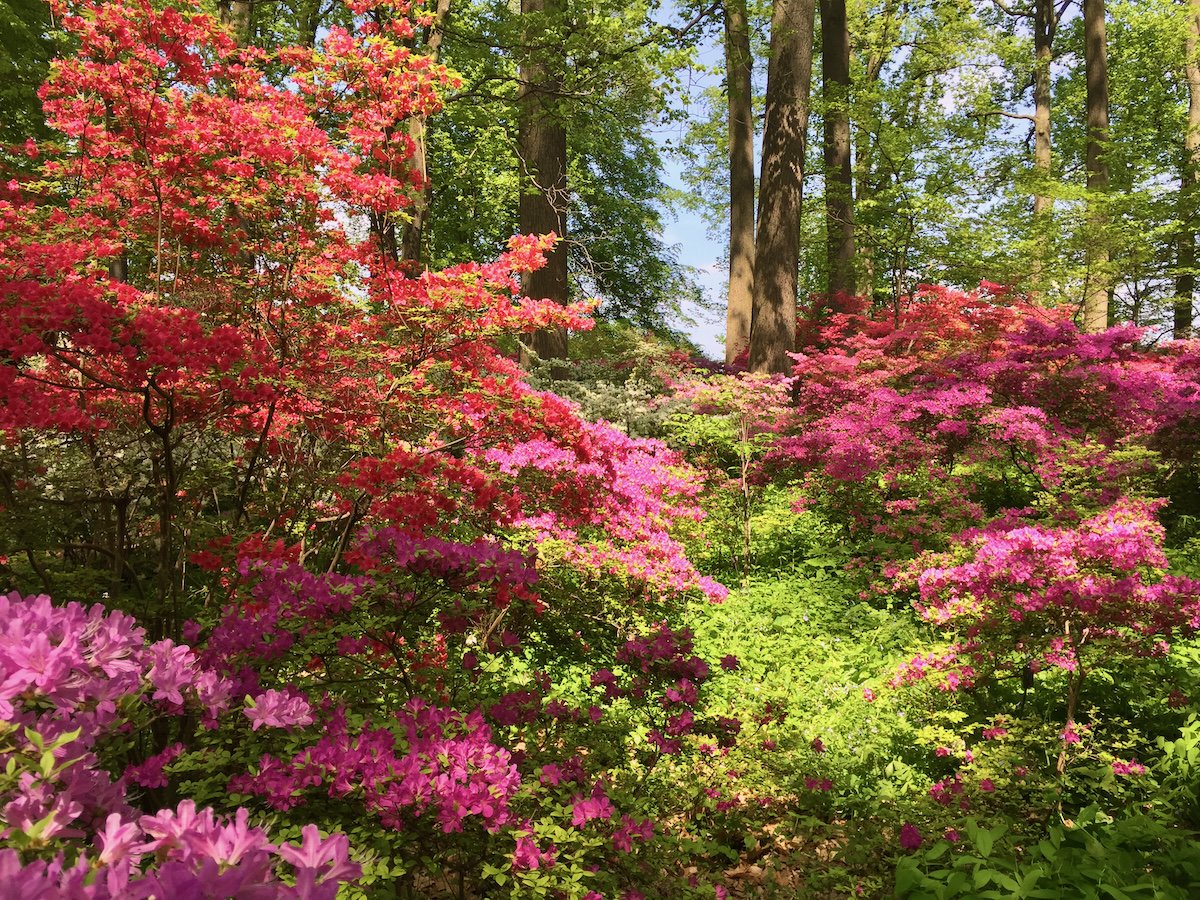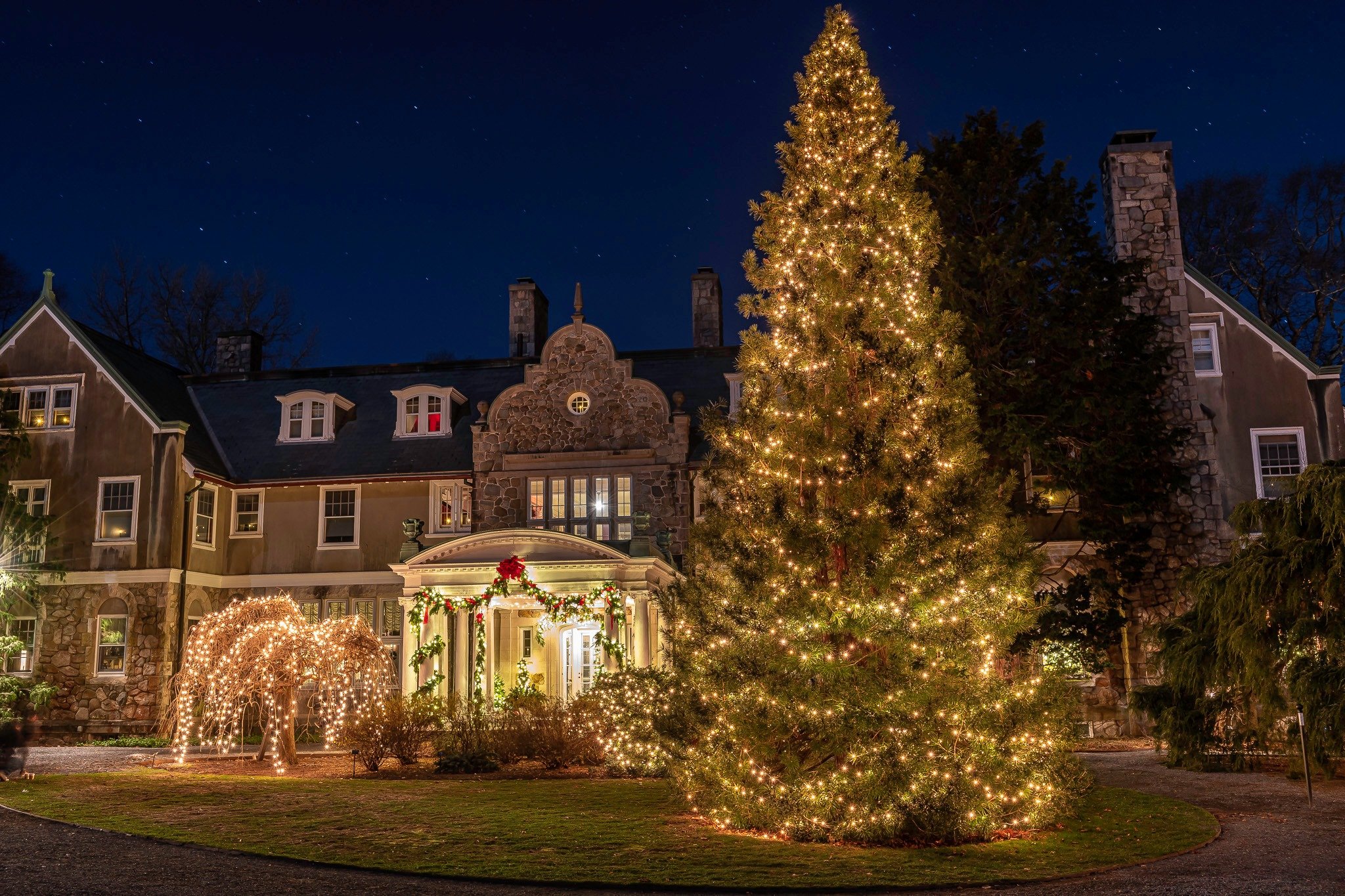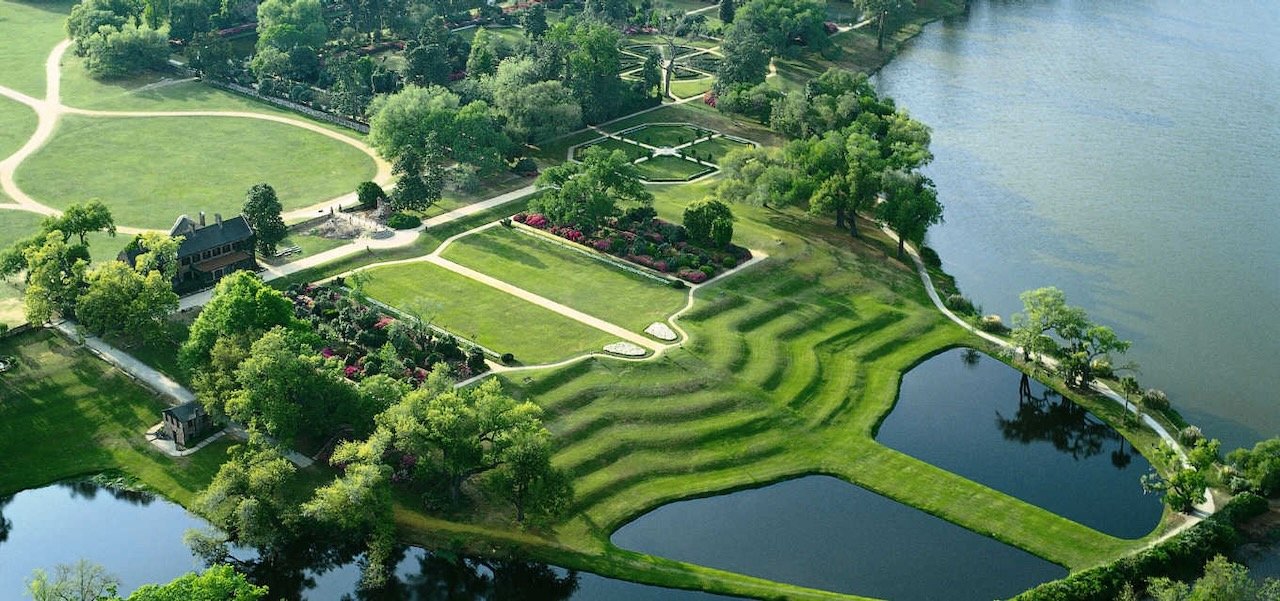A Dozen Dazzling Spring Containers
/(Poppies, lettuce and pansies grace a terrace at Longwood Gardens)
I recently came across a wonderful description of "pot gardening" by landscape architect Thomas Rainer, who writes a thought-provoking gardening blog called "Grounded Design":
"Pots are perhaps the purest expression of planting design. Composing a pot is like a chef creating a salad—all of the rules of design get stripped down to their essence. In a larger landscape, the hand of the designer can be lost, but with a pot, the artificial environment is a pure display of horticultural skill."
I saw a fabulous display of this horticultural skill during my recent visit to Longwood Gardens and Chanticleer. Need inspiration for your spring pots? See the beauties below.
Spring Containers at Longwood Gardens
Pitcher plants and ferns are an unusual choice for this bowl in part-sun!
A grand display creates a focal point in a long walkway.
Small redbud trees and dark pink foxgloves add drama.
A pot of wallflowers and burgundy heuchera is simple yet stunning.
Nothing says spring like English daisies, ranunculus, pansies, willows
Spring pots at Chanticleer
a formal urn of purple, orange, chartreuse and silver welcomes visitors.
The simple repetition of deep purple-black pansies accentuates the pink and purple tulips.
A large pot of edibles and flowers in the courtyard.
Blue fescue grass sets off the white poppies in a courtyard of raked sand.
The colorful branches of red-twig dogwood 'Midwinter Fire' combine beautifully with orange poppies, bronze fennel and golden creeping jenny.
Feel inspired? I sure did!











































































